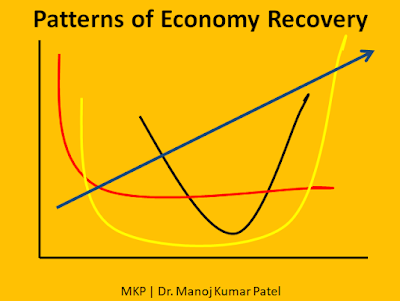Tailoring of High Energy Materials: Part 01
Until now, the selection of an explosive for
a mining operation is based largely on the cost of the explosive - the explosive
selected has to be the cheapest that would deposit rock on the mine floor. Continuous
rise in costs of labor and equipment, it is now realized that the cheapest
explosive does not necessarily give the lowest overall mining costs. Thus
development of new explosives and blasting agents are the need of the hour for
explosives manufacturing and mining industries alike.
To use explosives most profitably, mine
planners and explosives engineers need reliable indices of their performance.
Or else identification of correct explosives can never be made with precision.
Survey of literature, disappointingly, shows
that very limited work have been done on development of explosives, with
reference design aspects.
There are many parameters those can help in
designing proper explosives for a particular purpose. In simple terms – Tailor-made
explosives can be designed. Variations could be made, in type of input
chemicals, percentages of input chemicals, process conditions, density of
explosives, and so on. Changes in these parameters can largely change the
output parameters like, heat energy and gaseous energy both of which are
manifestation of the input parameters.
Heat Content or Enthalpy is one such
important parameter. There are several known laboratory and theoretical methods
by which measures of enthalpy can be done. Use of Bomb Calorimeter is one such
experimental method. Other theoretical methods are determination of enthalpy of
each ingredients used in the formulations. For example, the theoretical
calculation of heat energy of Ammonium Nitrate Diesel Oil (ANFO) is 917
Kcal/kg. Bomb calorimeter also shows the same value i.e. 900 – 930 Kcal/kg for
ANFO. When the same experiment is carried out with different percentages of
input materials in the basic ANFO formulation, then both theoretical and
calorimeter values matches with negligible difference, may be due to
experimental error in using the calorimeter.
The author has developed an Energy Calculation
formula, named as - GPeng. Values
obtained through GPeng have been
compared with the values obtained in calorimeter. Both the values are matching
in each formulations tested. Other thermodynamic and thermo-chemistry
parameters like, Entropy, Gibbs Free Energy, Volume Expansion, Oxygen Factor,
Strength Factor, RWS, ABS, and RBS can be obtained by use of GPeng.
Large numbers of parameters are used to form
a Regression Analyses from which designing of proper explosives is made for a
particular type of rock.
Scientists and engineers in the field of commercial explosives and mining are welcome with their suggestions and views to improve upon in this area of high energy materials.
=== 0 ===




Comments
Post a Comment